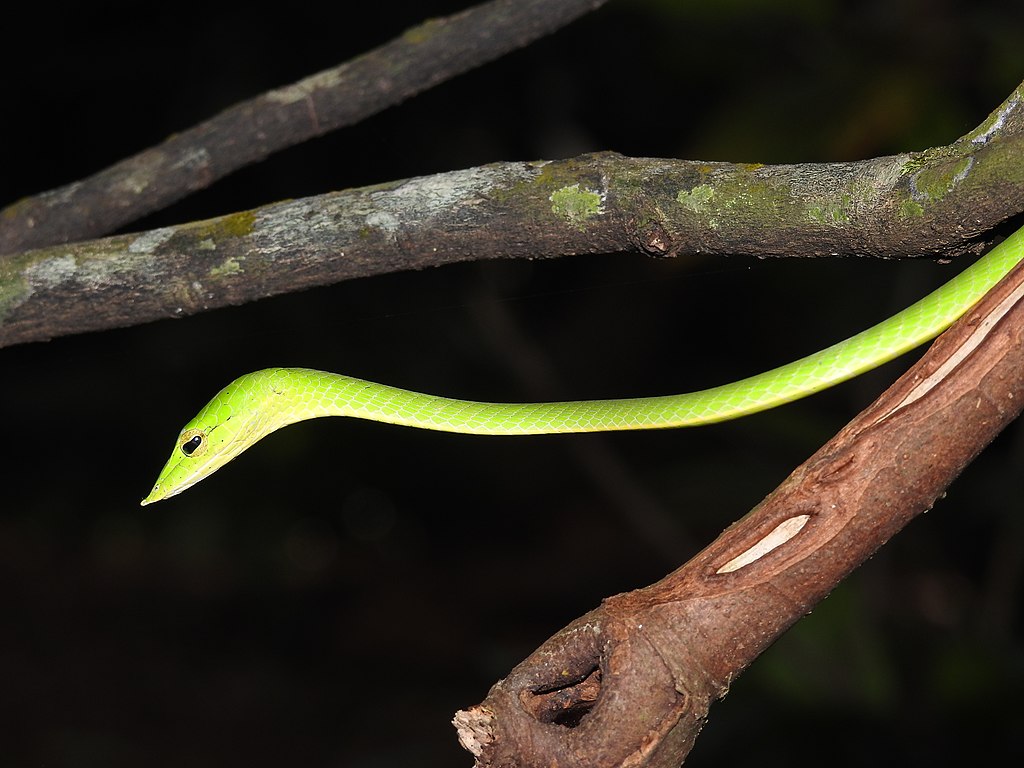Encountering a snake in the wild can be both exhilarating and frightening. These remarkable reptiles play vital roles in ecosystems worldwide, yet they’re often misunderstood and feared. While most snakes prefer to avoid human interaction, knowing how to behave during an unexpected encounter could mean the difference between a peaceful parting and a dangerous situation. Whether you’re hiking through the mountains, camping in the woods, or simply enjoying your backyard, understanding proper snake etiquette is essential for both your safety and the wellbeing of these important creatures. The following guidelines will help you navigate snake encounters responsibly and minimize risks for everyone involved.
Don’t Try to Kill the Snake
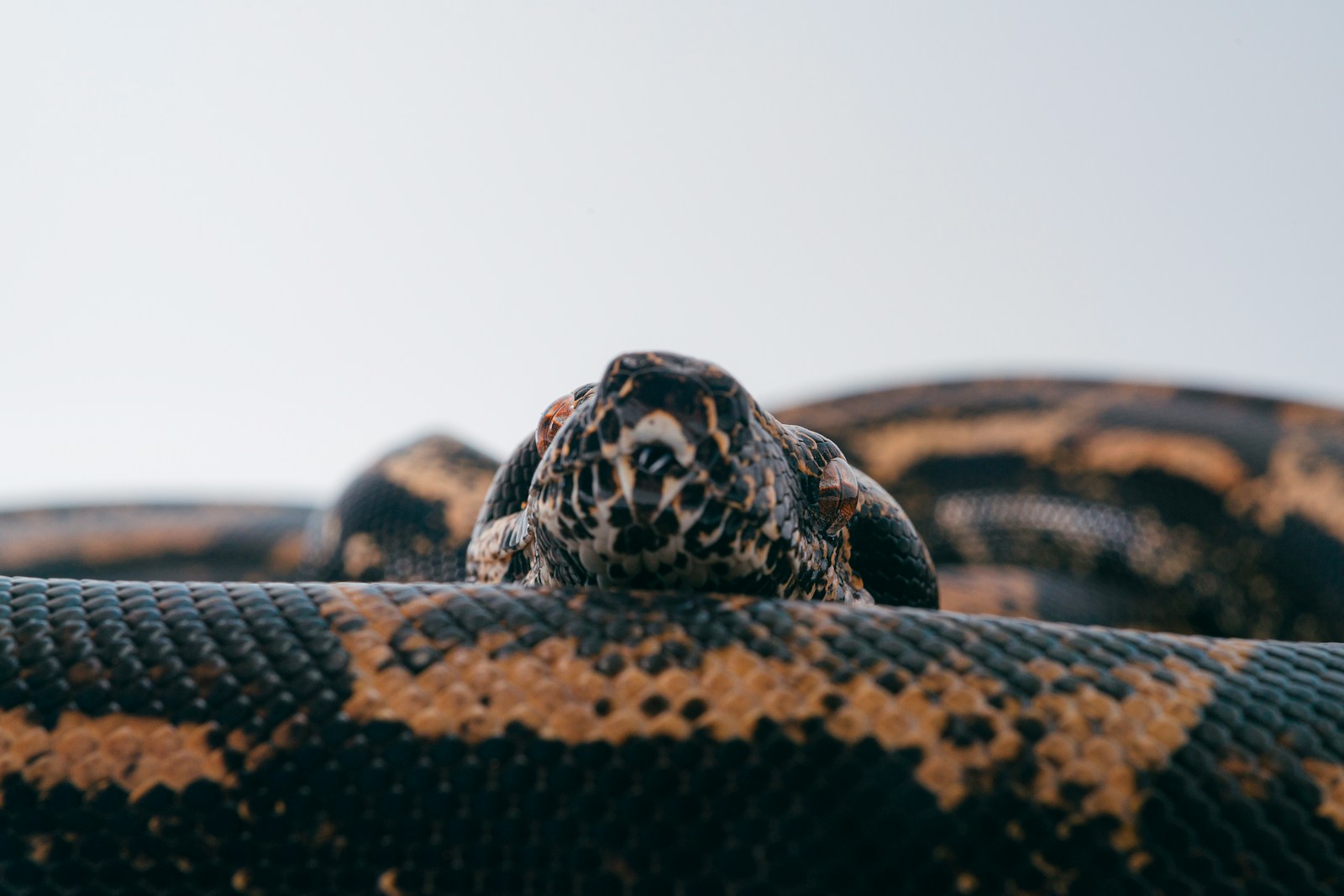
Many people’s first instinct upon seeing a snake is to kill it, but this reaction is both unnecessary and potentially dangerous. Most snake bites occur when humans attempt to harm or kill snakes, putting themselves directly in striking range. Snakes play crucial ecological roles as both predators and prey, helping to control rodent populations and serving as food for larger animals. Additionally, in many regions, killing certain snake species is illegal as they may be protected by conservation laws. Remember that snakes aren’t actively hunting humans; they’re simply trying to survive in their natural habitat.
Don’t Try to Capture or Handle the Snake
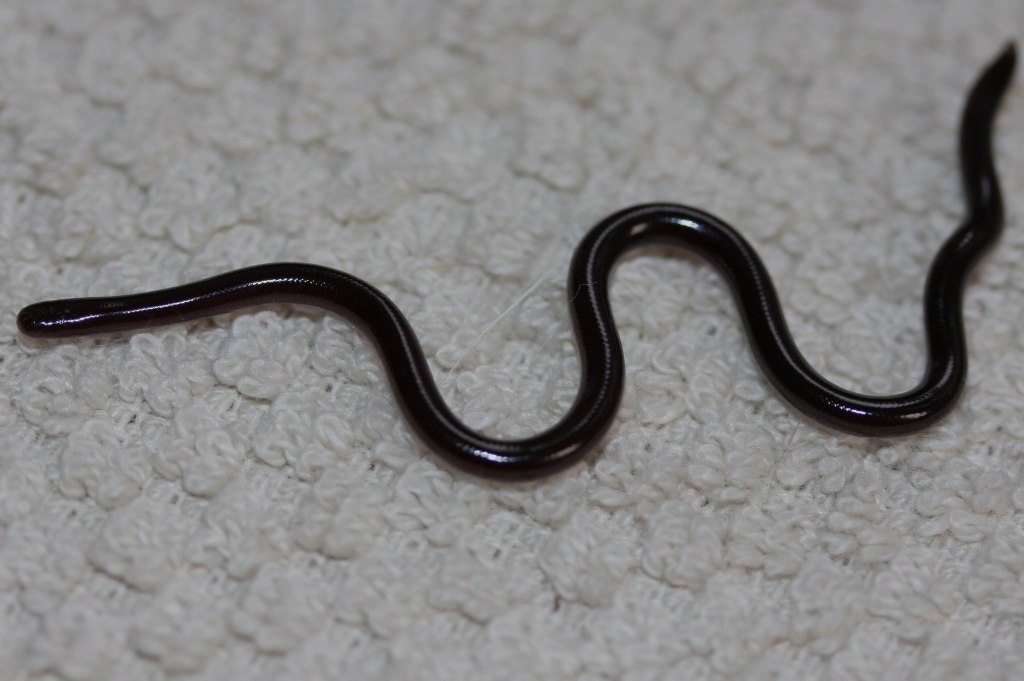
Even if you believe you’ve identified a non-venomous species, handling wild snakes is never advisable. Snake identification is challenging even for experts, and mistaking a venomous snake for a harmless one could have serious consequences. Wild snakes are also easily stressed by handling, which can compromise their health and trigger defensive behaviors. Professional wildlife handlers undergo extensive training and typically use specialized equipment to safely manage snake encounters. If you’re concerned about a snake’s presence, particularly near homes or public areas, the best approach is to contact local wildlife authorities who can relocate the animal safely.
Don’t Run Away in Panic
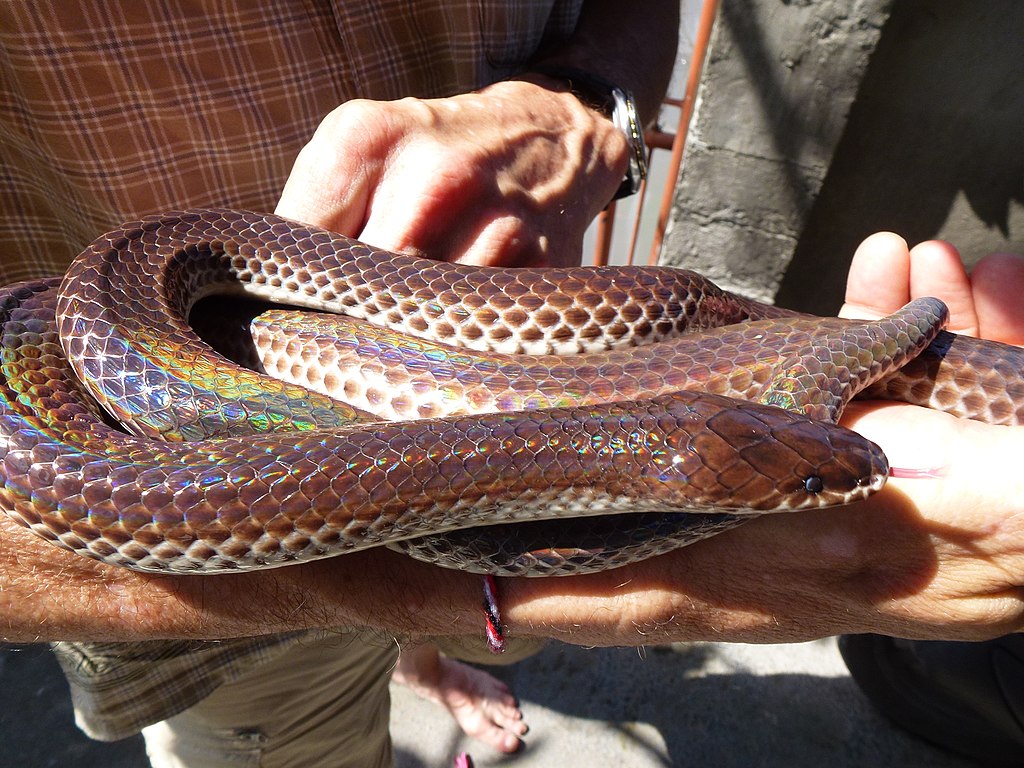
While your instinct might be to flee immediately, sudden movements can actually increase your risk during a snake encounter. Rapid movement might startle the snake and provoke a defensive response, or you could accidentally step on another snake or trip and fall in your haste. Instead, slow, deliberate movements are the safest approach when you spot a snake. Take a few careful steps backward to create distance between yourself and the animal. Most snakes can strike only about half their body length, so establishing even a few feet of space significantly reduces any potential danger while allowing you to maintain visual awareness of the snake’s location.
Don’t Corner or Provoke the Snake
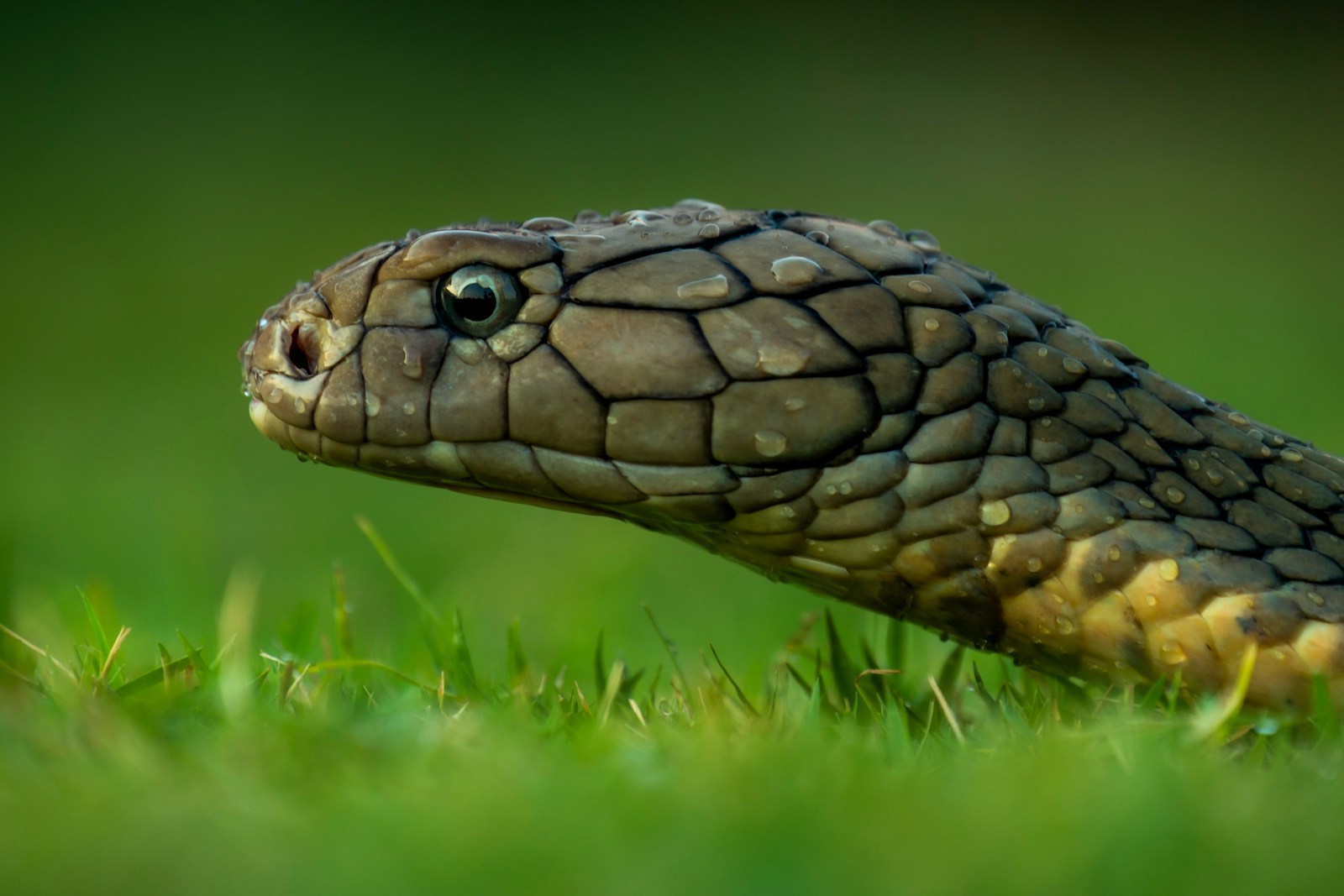
A cornered snake is a dangerous snake, as it has no escape route and will likely feel threatened. Never position yourself between a snake and its potential escape path, as this may trigger a defensive response. Avoid behaviors that the snake might interpret as threatening, such as waving sticks near it, throwing objects, or making loud noises to frighten it. Snakes don’t understand human intentions and can’t differentiate between curiosity and aggression. Their primary goal is survival, and they’ll defend themselves if they believe they’re in danger. Give the animal space and respect by maintaining a safe distance and allowing it to continue on its way undisturbed.
Don’t Try to Take Selfies or Photos Up Close

In our social media-driven world, the temptation to capture a close-up photo or video of a wild snake encounter can be strong, but this is extremely risky behavior. Moving closer to a snake for a better shot puts you within striking distance and may cause the snake to feel threatened. Even seemingly docile snakes can strike quickly when they feel cornered or threatened. If you wish to photograph the snake, use your phone or camera’s zoom function from a safe distance of at least twice the snake’s body length. Remember that no social media post is worth risking a potentially venomous bite or harassing wildlife.
Don’t Let Children or Pets Approach
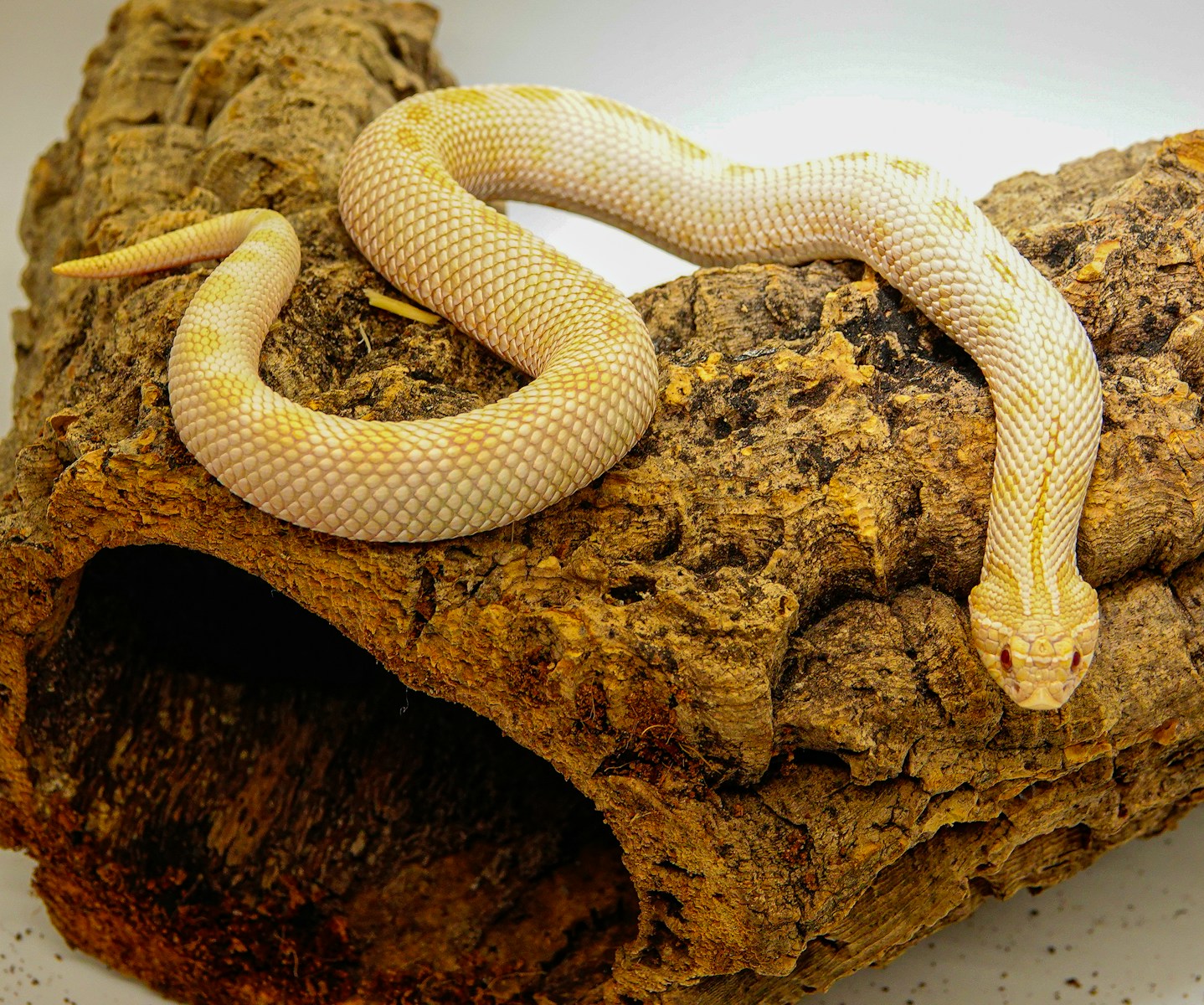
Children and pets are naturally curious and may not understand the potential danger a wild snake represents. Keep children at a safe distance and explain the importance of respecting wildlife from afar. Dogs, in particular, often approach snakes out of curiosity or aggression, resulting in facial or neck bites that can be especially dangerous due to proximity to vital organs. Always keep dogs leashed in areas known to have snake populations, and train them to avoid investigating wildlife when possible. If hiking or camping with children, establish clear rules about wildlife encounters before beginning your adventure, emphasizing the importance of alerting adults rather than investigating on their own.
Don’t Use Snake Repellents or Home Remedies
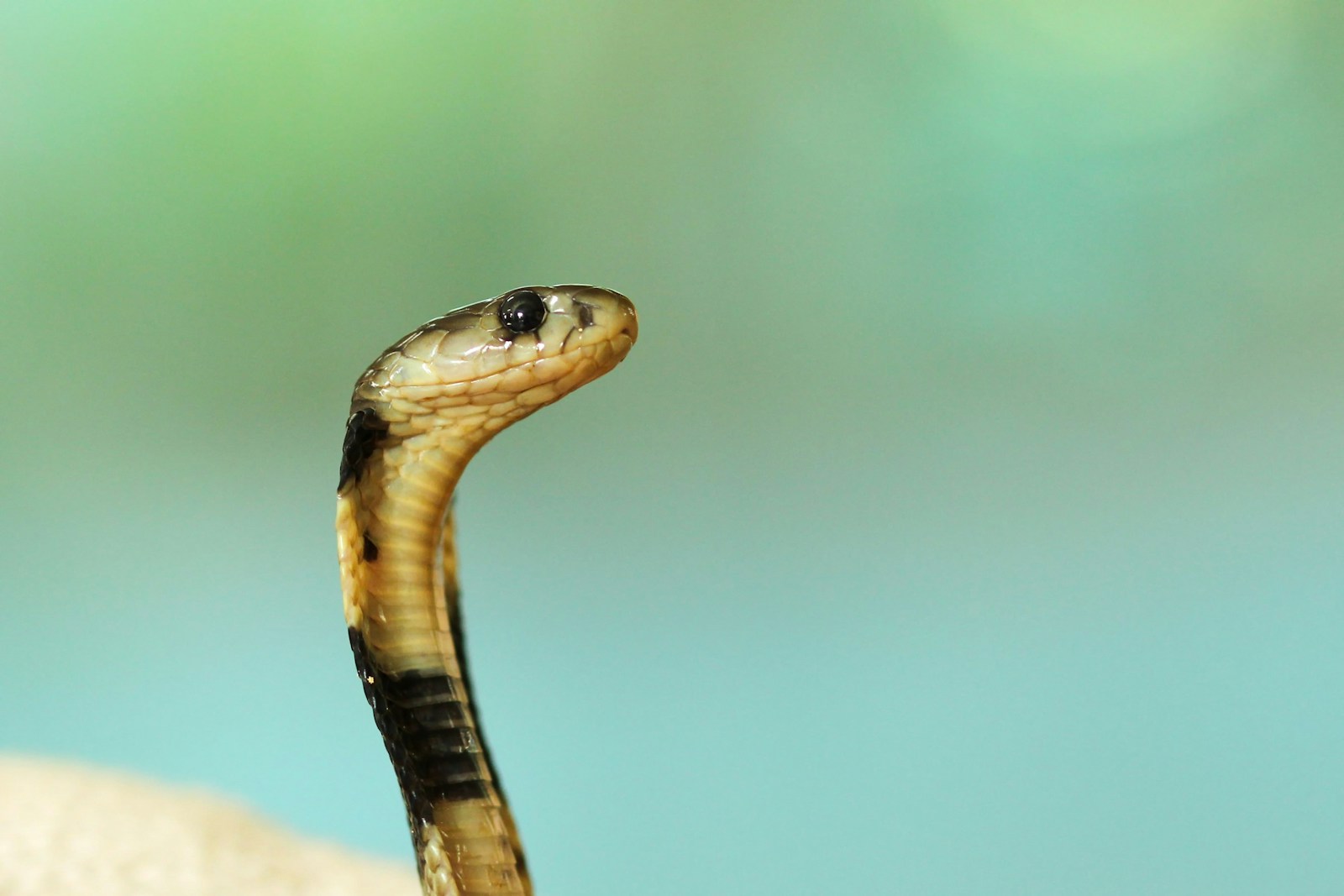
Many commercial snake repellents and folk remedies for repelling snakes have little scientific evidence supporting their effectiveness. Products containing naphthalene (mothballs), sulfur, or other chemicals marketed as snake deterrents may be harmful to the environment, other wildlife, pets, and even humans, while doing little to keep snakes away. Some homemade solutions, like spreading rope or hair around your property, are based on myths rather than snake biology. Rather than relying on these ineffective methods, focus on habitat modification if snakes are a consistent concern near your home – removing brush piles, keeping grass short, sealing entry points to structures, and eliminating rodent populations that attract snakes as predators.
Don’t Assume a Snake is Dead
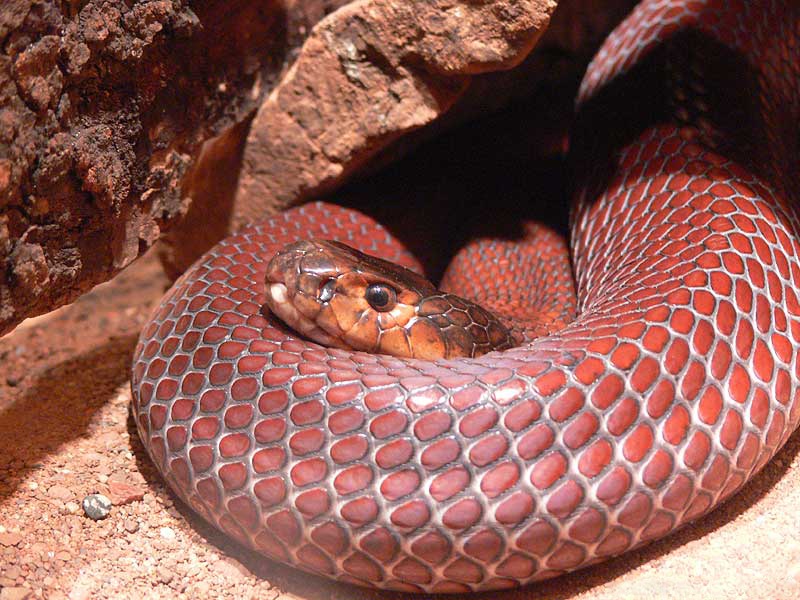
Snakes are masters of camouflage and sometimes employ defensive behaviors that include remaining perfectly still. What appears to be a dead snake might actually be a live animal conserving energy or using stillness as a defense mechanism. Even more concerning, some snakes can still deliver venomous bites for a short time after death due to reflex actions in their nervous system. There have been documented cases of recently deceased venomous snakes inflicting serious bites when handled by unsuspecting people. If you encounter what appears to be a dead snake, maintain the same caution you would with a living specimen, and never handle it with unprotected hands.
Don’t Block the Snake’s Escape Route
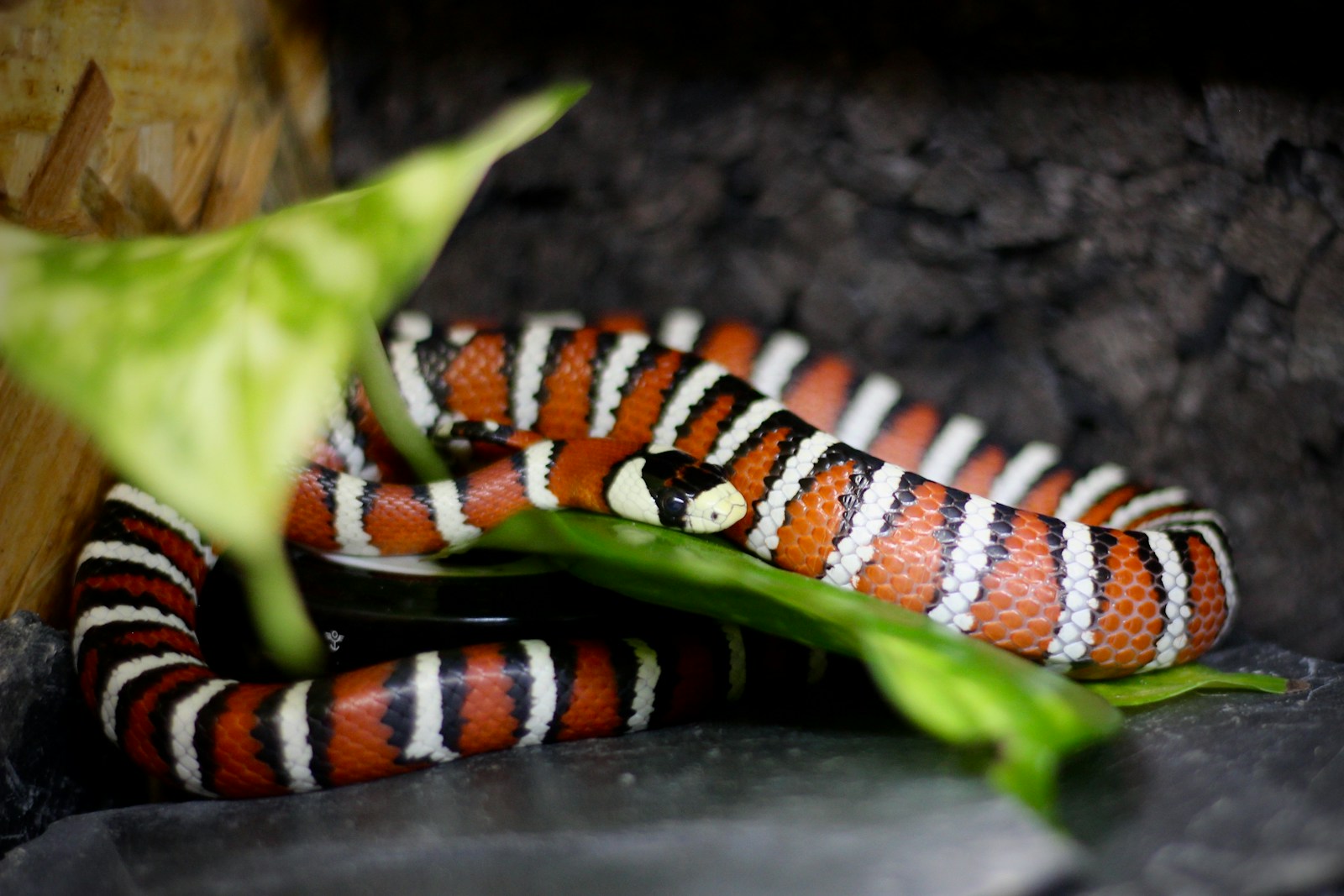
Snakes typically want to avoid human interaction and will seek escape routes when encountered. One of the worst things you can do is position yourself between the snake and its perceived safety, such as dense vegetation, rocks, or water. Always give the snake a clear path to retreat, which often means stepping aside rather than standing your ground directly in front of it. If you notice a snake moving in a particular direction, it’s wise to move perpendicular to that path rather than backing up in the same line of travel. By allowing the snake to continue on its way unimpeded, you reduce the likelihood of a defensive response and create a safer situation for everyone.
Don’t Forget Basic First Aid Knowledge
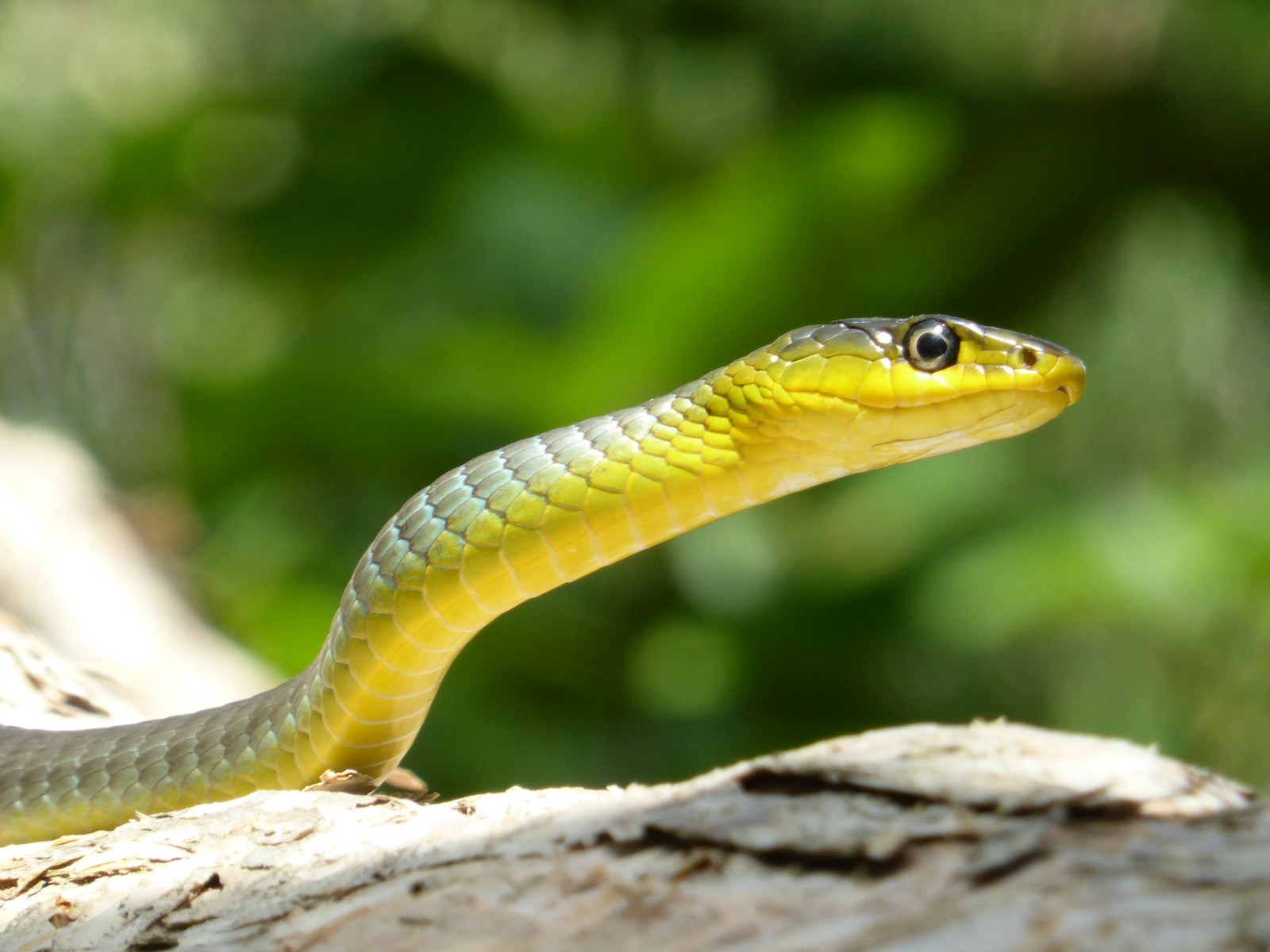
While avoiding confrontation is always the best strategy, being prepared for a potential bite is part of responsible outdoor activity in snake-inhabited areas. Don’t venture into snake territory without basic knowledge of proper first aid procedures for snake bites. Outdated techniques like cutting the wound, attempting to suck out venom, or applying tourniquets can cause more harm than good and waste precious time. Current medical recommendations typically involve keeping the bite victim calm, immobilizing the affected limb at or below heart level, removing constricting items like rings or watches, marking the edge of any swelling, and seeking immediate medical attention. Familiarize yourself with the specific venomous species in your region and their bite symptoms before outdoor excursions.
Don’t Disrupt Snake Habitat
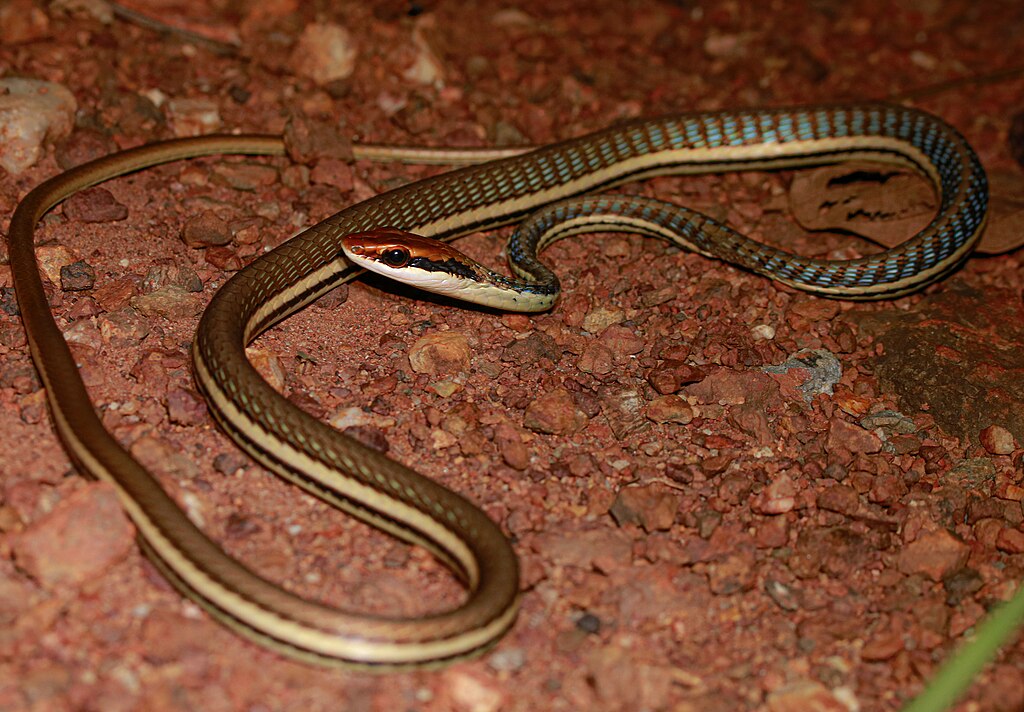
Snakes are integral parts of their ecosystems, and disturbing their habitats can have negative consequences for both the snakes and the environmental balance. Avoid unnecessary activities like flipping rocks or logs in natural areas without returning them to their original position, as these often serve as crucial microhabitats for snakes and other wildlife. Collecting wild snakes for pets is unethical, often illegal, and contributes to population declines of many species. Many captured wild snakes fail to thrive in captivity due to stress and specialized dietary needs. Instead, appreciate these fascinating creatures from a respectful distance, understanding that their presence indicates a healthy, functioning ecosystem.
Don’t Ignore Warning Signs of Venomous Snake Activity

In regions known for venomous snake populations, wildlife management agencies often post warning signs during peak activity seasons or in high-concentration areas. These warnings shouldn’t be dismissed as overly cautious; they represent real data about snake activity patterns. Pay attention to closed trails or temporary restrictions in natural areas, which may be implemented to protect both visitors and sensitive wildlife during breeding seasons. When hiking in snake country, remain vigilant about watching the trail ahead, especially in rocky areas or near water sources where snakes may be basking or hunting. Wearing appropriate footwear like hiking boots and long pants provides an additional layer of protection in areas where venomous snakes are common.
Final Thoughts on Coexisting with Snakes
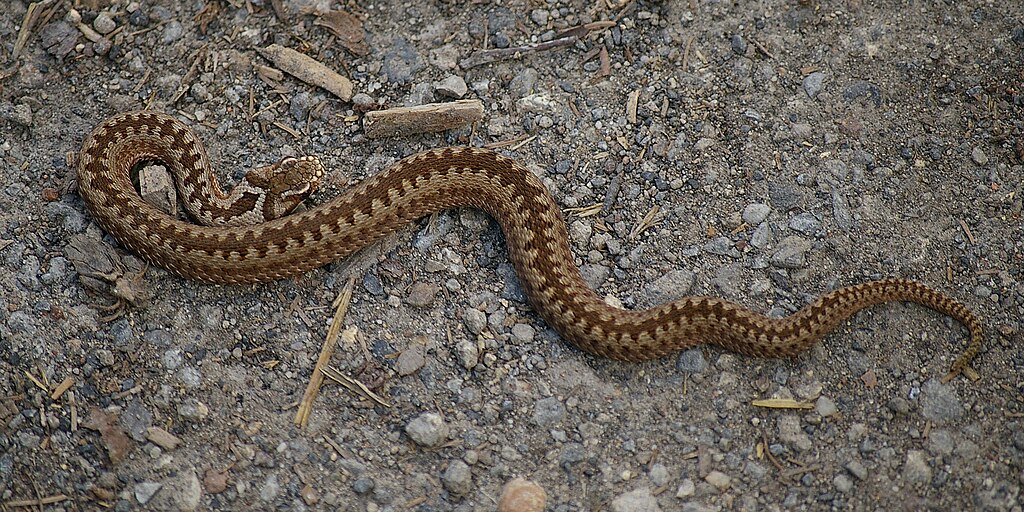
Encountering a snake in the wild is a reminder that we share our world with remarkable creatures that have evolved alongside us for millions of years. By responding with respect rather than fear, we can minimize risks while appreciating the ecological importance of these animals. Most snake encounters end without incident when humans respond appropriately by giving space, remaining calm, and allowing the snake to continue on its way. Remember that snakes don’t recognize humans as prey and only bite as a last resort when feeling threatened. With proper knowledge and preparation, outdoor enthusiasts can safely enjoy natural areas where snakes make their homes, contributing to conservation efforts by sharing accurate information and dispelling harmful myths about these misunderstood reptiles.

